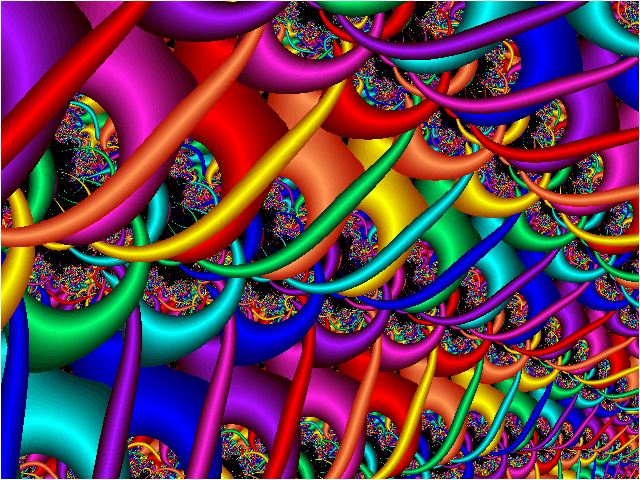
Particle transport processes in astrophysical plasmas.
The usual method to calculate the transport coefficients is based on the hypothesis of local thermodynamical equilibrium (LTE), i.e. the distribution function of particles is everywhere maxwellian. In general astrophysical but also laboratory plasmas are far from being in equilibrium, since Coulomb collisions, which represent the main mechanism of relaxation, are often negligible, due to low densities and high temperatures which are typical in such plasmas. Nevertheless mechanisms of relaxation different from Coulomb collisions might be at work: in particular plasmas are often characterized by the presence of wave turbulence. The interaction of this turbulence with plasma particles can provide a relaxation mechanism, which can replaces Coulomb collisions. In these cases transport is usually called anomalous and anomalous transport coefficients can be determined. The importance of a non collisional transport theory in astrophysical plasmas can be illustrated with a couple of examples:
(a) The transport of particles the Earth's magnetotail represents a key problem both in laboratory devices and in astrophysical plasma. When Coulomb collisions are negligible, particle diffusion is attributed to wave-particle interactions. In particular, particle transport in a magnetic field reversal in the presence of turbulence driven by tearing instability represents an important issue both because this could control the particle loss in fusion machines, particularly in reversed field pinch experiments, and because magnetic field reversals, where most of the energy dissipation takes place, are an almost ubiquitous structure of astrophysical plasma.